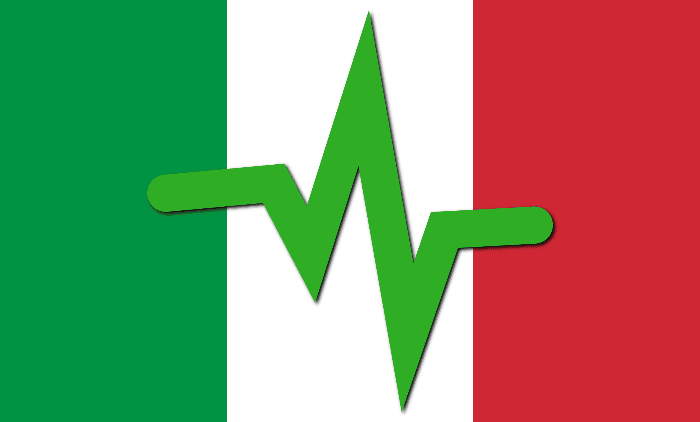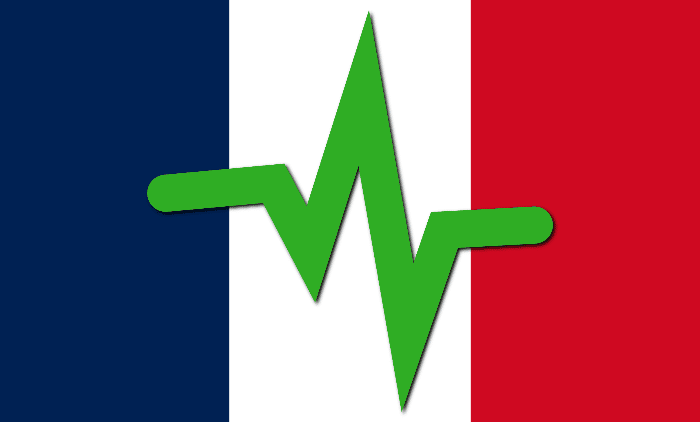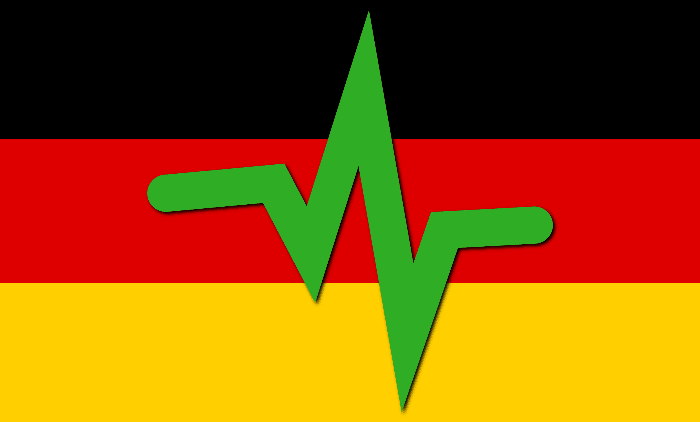Off-brand drugs, six billion in savings since 2012

Thanks to off-patent drugs, the National Health Service has saved over 6 billion in 12 years. For class A drugs alone, i.e. those fully reimbursed, assuming that all packs of equivalents dispensed in 2023 had been sold at brand prices, pharmaceutical spending would have increased by 460 million euros. And from 2012 to today the figure would have reached 6.25 billion. The role of equivalent drugs for public health emerges from the Nomisma 2024 Observatory on the “System of equivalent drugs in Italy” presented in Rome, in an event which saw the participation of institutions, industry and operators from the healthcare world.
Alarming picture
The report warns against the risk of taking this sector for granted, which is currently suffering due to the surge in production costs and the burdens that weigh on companies that produce the so-called ‘generics’. “The picture is more alarming than in the past,” he explained Lucio Pomachief economist of Nomisma – . We asked ourselves what would happen if off-patent medicines disappeared completely. The key issue is that the equivalents represent an irreplaceable pillar of the country’s health service, whose benefits are however underestimated or ignored.”
And a weakening of the system, Poma continued, “would result in the exponential increase in the phenomenon of drug shortages, in the lack of accessibility to medicines by the less well-off classes and in the impossibility of supporting the treatment of some chronic diseases”. For companies, the first real challenge is that of industrial sustainability. “With this in mind – commented the president of Egualia, an association that brings together the producers of equivalent medicines, Stephen Collatine – it is essential that the discussion on pharmaceutical governance be resumed, which is a priority and we ask that the sustainability of all low-cost drugs in consolidated use be considered central in this reasoning”.
Production costs and tenders at the lowest possible price
The equivalent medicines industry – in fact – is under pressure, squeezed between high production costs, regulatory burdens and low-cost tenders. Factors that have led to an erosion of profit margins and a decrease in competition in the sector. And from the Nomisma Observatory comes an appeal to the Government: “Eliminate the payback on drugs, regulate the price level by adapting them to the increase in production costs and review the criteria for hospital tenders”.
Raw materials and energy
Among the critical issues highlighted are energy and raw material prices. “The increases recorded in the pandemic period have become structural, resulting in unsustainable pressure in a sector where it is not possible to transfer the increases to final prices”, explained Lucio Poma. The analysis of company financial statements for 2023 reports a 19% increase in the cost of raw materials compared to 2022 and in the five-year period the increase was 86%. The prices of packaging materials, such as aluminium, glass, paper and plastic, also increased, “items that account for 20% of production costs”, added Poma. Just as the costs incurred for sales authorization are rising, increasing by 26% between 2016 and 2023. This is also affected by the Payback which for off-patent drugs impacts between 15% and 18% of the turnover.
The consequence is a decrease in competition, so much so that in the last three years the number of pharmaceutical producers in Italy has decreased by 10%, with around seventy companies affected by closure or merger. The appeal comes from Stefano Collatina: “The Government is committed to supporting companies with solid industrial policies that facilitate productive investments and guarantee greater independence in the supply of medicines and active ingredients”.

![[Traditional Chinese Medicine Beyond the Line]Symptoms are diverse and cover the whole body… [Traditional Chinese Medicine Beyond the Line]Symptoms are diverse and cover the whole body…](https://newsworldhealth.com/wp-content/uploads/2023/01/News-World-Health-China.png)

